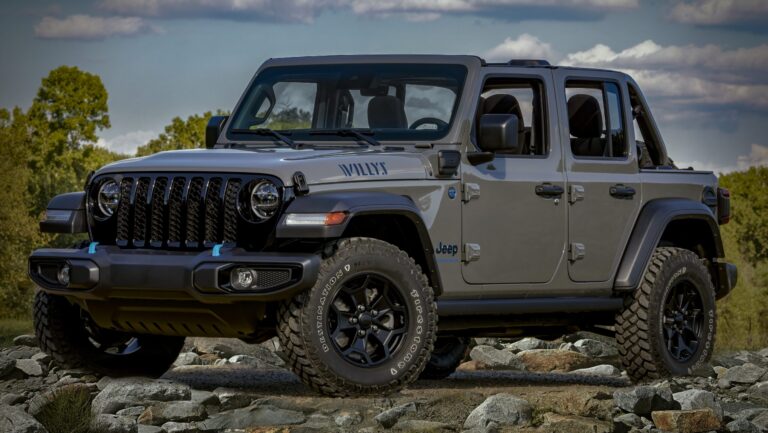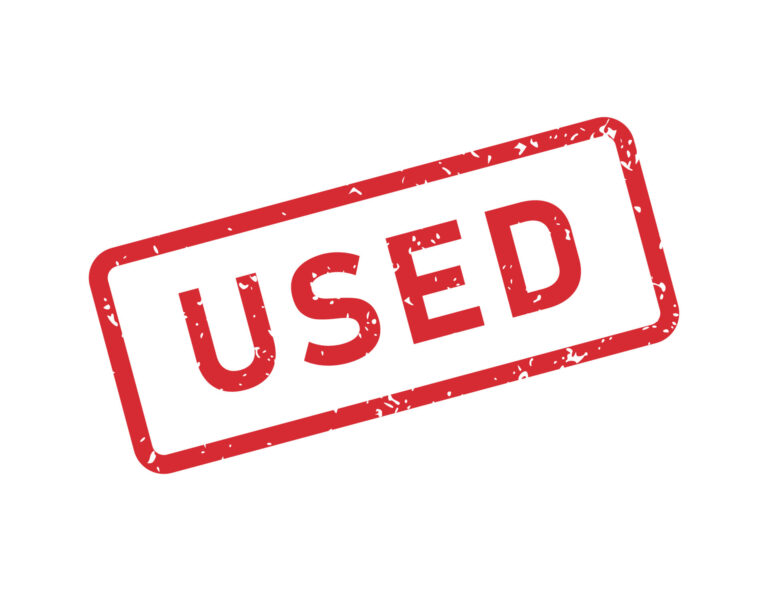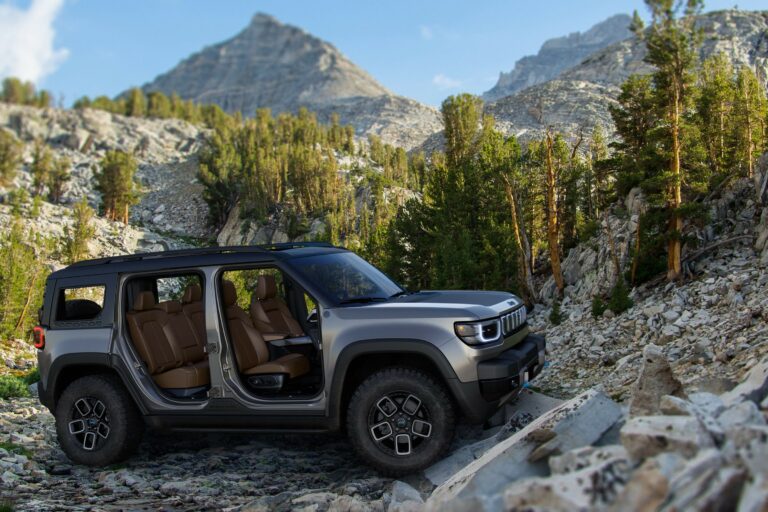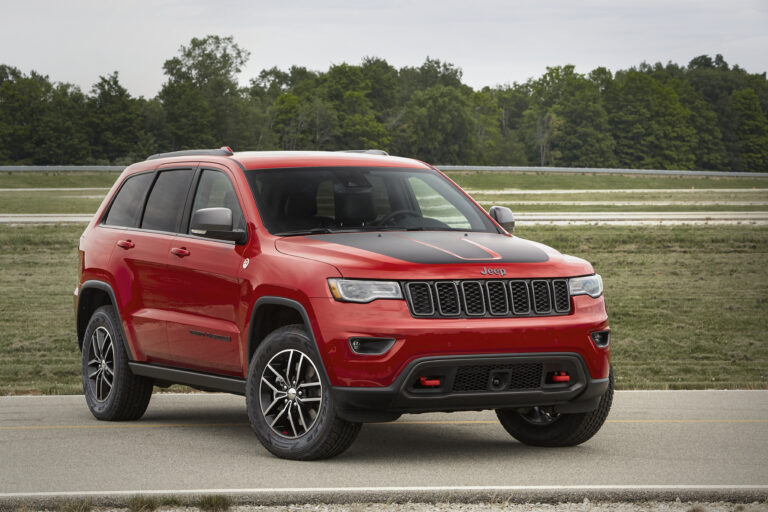1979 CJ7 Jeep For Sale: Your Comprehensive Guide to Finding and Owning a Classic Icon
1979 CJ7 Jeep For Sale: Your Comprehensive Guide to Finding and Owning a Classic Icon jeeps.truckstrend.com
The year 1979 stands as a pivotal moment in the storied history of the Jeep CJ series. As the automotive world edged closer to a new decade, the CJ7 model from this year represented a refined iteration of the classic American off-roader, balancing traditional ruggedness with emerging comforts. For enthusiasts and collectors alike, a 1979 CJ7 Jeep for sale isn’t just a transaction; it’s an opportunity to acquire a piece of automotive legend, a symbol of freedom, and a ticket to adventure. This comprehensive guide will navigate you through the journey of understanding, finding, and ultimately owning one of these timeless machines, ensuring you’re well-equipped to make an informed and satisfying purchase.
The Enduring Appeal of the 1979 CJ7 Jeep
1979 CJ7 Jeep For Sale: Your Comprehensive Guide to Finding and Owning a Classic Icon
The CJ (Civilian Jeep) lineage traces its roots directly back to the venerable Willys MB of World War II, evolving through various iterations to meet civilian demand for a versatile, go-anywhere vehicle. The CJ7, introduced in 1976, was a significant evolution, featuring a slightly longer wheelbase than its CJ5 predecessor, which improved ride quality and allowed for an automatic transmission and more spacious interior options.
The 1979 model year holds a special place for several reasons. It came towards the end of the CJ7’s initial production run before more significant changes were introduced in the early 1980s. This era of CJ7s is celebrated for its simplicity, robust construction, and undeniable charm. They represent the quintessential "Jeep experience" – open-air driving, legendary 4×4 capability, and a design that is instantly recognizable and deeply nostalgic. Whether it’s the iconic seven-slot grille, the exposed door hinges, or the no-nonsense interior, the 1979 CJ7 embodies an era of motoring where utility and character reigned supreme. Its reputation for being easily customizable and incredibly durable means that many are still on the road today, testament to their original build quality and the passion of their owners.
What to Look For When Buying a 1979 CJ7: A Detailed Inspection Guide
Acquiring a 45-year-old vehicle, particularly one known for its off-road prowess, requires a discerning eye. While the 1979 CJ7 is robust, time and tough use can take their toll. A thorough inspection is paramount.
- Rust: The Ultimate Nemesis: This is, without question, the most critical area to inspect. CJs are notorious for rust.
- Frame: Check the entire frame, especially where the body mounts, near the spring hangers, and behind the front wheels. Look for flaking, perforations, or shoddy patch repairs.
- Body Tub: Pay close attention to the floorboards (especially under the pedals and seats), the rear cargo area, and the inner fender wells. The body mounts are also common rust spots.
- Fenders & Rocker Panels: These are exposed to road grime and impact, making them susceptible to corrosion.
- Windshield Frame: Often rusts from the inside out, leading to leaks.

- Engine Options & Condition:
- AMC 258 I6: The most common and highly regarded engine, known for its reliability and torque. Listen for unusual noises (knocks, ticks), check for oil leaks, and assess overall performance.
- AMC 304 V8: Less common but desirable for more power. Similar checks apply. Verify proper maintenance.
- Cooling System: Check for leaks, radiator condition, and proper fan operation.
- Exhaust: Look for leaks or excessive rust.
- Transmission & Transfer Case:
- Manual Transmissions: The Borg-Warner T-150 (3-speed) and Tremec T-18 (4-speed, often with a granny low) were common. Later models might have T-4 or T-5 (4/5-speed). Test all gears, listen for grinding, and check for ease of shifting.
- Automatic Transmissions: The GM TH400 or later Chrysler TF999 were options. Check for smooth shifts and proper fluid levels.
- Transfer Case: Most 1979s would have a Dana 20 or Dana 300. Engage 2H, 4H, and 4L. Listen for clunks or grinding. Ensure it shifts smoothly.
- Axles & Drivetrain:
- Axles: A Dana 30 in the front and an AMC 20 in the rear were standard. Check for leaks around the differentials and axle seals.
- U-Joints: Inspect driveshaft U-joints for play.
- Gears: Listen for howling or whining from the differentials.
- Suspension & Steering:
- Leaf Springs: Check for broken leaves, worn bushings, and proper arch.
- Shocks: Look for leaks or signs of collapse.
- Steering Linkage: Inspect tie rods, drag links, and the steering box for excessive play or leaks.
- Brakes:
- System Type: Most 1979 CJ7s had front disc and rear drum brakes. Test pedal feel (should be firm, not spongy) and stopping power.
- Lines & Hoses: Check for rust or cracks.
- Electrical System:
- Test all lights (headlights, tail lights, turn signals, brake lights), gauges, wipers, and horn. Wiring can be a common issue in older vehicles.
- Interior & Exterior:
- Interior: Check the condition of seats, dashboard, gauges, and the roll bar. Look for signs of water damage.
- Exterior: Assess paint quality (original or repaint?), body panel alignment, and the condition of the soft top or hard top.
The Buying Process: Practical Advice and Actionable Insights
Finding the right 1979 CJ7 is a blend of patience, research, and diligent inspection.
- Research & Budget: Before you even look, determine your budget and what kind of condition you’re seeking (project, driver, or show-ready). Research common issues and fair market values for different conditions.
- Where to Look:
- Online Marketplaces: Websites like Craigslist, Facebook Marketplace, eBay Motors, and specialized classic car sites (e.g., Bring a Trailer, Hemmings) are prime hunting grounds.
- Jeep Forums & Clubs: Enthusiast communities often have "for sale" sections where you can find well-maintained examples and get advice.
- Specialty Dealers: Some dealerships specialize in classic 4x4s. While prices might be higher, quality and transparency are often better.
- Local Classifieds & Word-of-Mouth: Don’t underestimate old-fashioned methods.
- Pre-Purchase Inspection (PPI): If you’re serious about a vehicle, especially if it’s far away, arrange for a PPI by an independent mechanic who is familiar with vintage Jeeps. This small investment can save you thousands.
- Test Drive: Always test drive the vehicle. Listen for unusual noises, feel for vibrations, test the brakes, check the steering, and cycle through all gears and 4WD modes.
- Documentation: Request all available maintenance records and ensure the title is clean and matches the VIN on the vehicle.
- Negotiation: Be prepared to negotiate. Knowing the vehicle’s true condition and market value gives you leverage. Don’t be afraid to walk away if something feels wrong or the price is too high for the condition.
- Common Pitfalls: Be wary of "restored" vehicles without documentation of the work. Sometimes, a fresh coat of paint can hide significant rust. Avoid vehicles with poorly executed modifications or those that have been heavily abused off-road without proper repair.
Restoration vs. Ready-to-Drive: Types of 1979 CJ7s for Sale
The market for 1979 CJ7s offers a wide spectrum of conditions, catering to different buyers and budgets.
- Project Jeeps (Low Price): These are typically non-running, heavily rusted, or incomplete vehicles. They are the cheapest entry point but require significant time, mechanical skill, and financial investment for a full restoration. Ideal for the dedicated hobbyist.
- Driver Quality (Mid-Range Price): These CJs run and drive but will have cosmetic flaws (faded paint, minor dents), some wear and tear on the interior, and potentially minor mechanical issues (leaks, worn suspension components). They are usable as-is but will likely require ongoing maintenance and some restoration work to bring them to a higher standard. A great option for someone who wants to enjoy a classic CJ without breaking the bank upfront.
- Good/Refurbished (Upper Mid-Range Price): These vehicles have typically undergone some level of refurbishment. They might have a solid frame, fresh paint, and have had key mechanical components addressed. While not always a "frame-off" restoration, they are well-maintained and presentable.
- Restored/Show Quality (High Price): These CJs have undergone extensive, often frame-off, restorations. They feature pristine paint, rebuilt engines and drivetrains, and meticulous attention to detail. They can be period-correct or highly customized builds. Prices reflect the significant investment in time and money. Always verify the quality of the restoration.
- Original Survivors (Premium Price): Exceptionally rare, these are low-mileage, unmolested examples that have been meticulously preserved in their original condition. They command the highest prices due to their rarity and historical significance.
Ownership Experience and Community
Owning a 1979 CJ7 is more than just having a vehicle; it’s an experience. These Jeeps are relatively simple to work on, and parts are widely available through various aftermarket suppliers. The robust and straightforward design means that many repairs can be tackled by a home mechanic, fostering a deeper connection with the vehicle.
Furthermore, the CJ community is vibrant and supportive. Online forums, local clubs, and national events offer a wealth of knowledge, friendship, and opportunities to share your passion. From trail rides to car shows, the camaraderie among CJ owners is a significant part of the appeal. While a 1979 CJ7 isn’t typically a high-return investment in the financial sense, well-maintained and restored examples tend to hold or slowly appreciate in value, making them a relatively stable classic car investment.
1979 CJ7 Jeep For Sale: Estimated Pricing Guide
| Condition Category | Estimated Price Range (USD) | Key Characteristics & Considerations |
|---|---|---|
| Project/Parts | $2,000 – $7,000 | Significant rust (frame/body), non-running or major mechanical issues, missing parts, extensive work required. |
| Driver Quality | $8,000 – $18,000 | Runs and drives reliably, cosmetic flaws (faded paint, minor dents, worn interior), minor mechanical leaks/wear. Usable daily or for light off-roading. |
| Good/Refurbished | $19,000 – $30,000 | Solid frame and body (minimal rust), recent paint, mechanically sound (engine, transmission, 4×4 function), updated components. May have tasteful modifications. |
| Restored/Show | $31,000 – $50,000+ | Frame-off restoration, excellent paint and bodywork, rebuilt engine/drivetrain, meticulously detailed, period-correct or high-quality custom build. Minimal flaws. |
| Original Survivor | $40,000 – $70,000+ | Exceptionally low mileage, original paint and interior, meticulously preserved, all original components. Very rare and highly sought after. |
Note: Prices are estimates and can vary significantly based on location, specific engine/transmission, upgrades, and market demand.
Frequently Asked Questions (FAQ) about the 1979 CJ7 Jeep
Q: Are parts still available for a 1979 CJ7?
A: Absolutely! Due to the CJ’s popularity and long production run, a vast aftermarket exists. Most mechanical and body parts are readily available from numerous suppliers, often at reasonable prices.
Q: Is a 1979 CJ7 a good daily driver?
A: While they can be, they aren’t designed for modern daily driving comfort. They lack modern amenities like air conditioning, power windows, and advanced safety features. They are louder, less fuel-efficient, and have a firmer ride than contemporary vehicles. They excel as weekend cruisers, off-roaders, or fair-weather vehicles.
Q: What’s the typical fuel economy like?
A: Don’t expect much. Depending on the engine (258 I6 or 304 V8), gearing, tire size, and driving style, you can expect anywhere from 10-15 miles per gallon.
Q: What are common upgrades for a 1979 CJ7?
A: Popular upgrades include suspension lifts for larger tires, power steering conversion, disc brake upgrades (especially for the rear), modern fuel injection systems (like Holley Sniper or Howell TBI) for improved reliability and efficiency, and more comfortable seating.
Q: How much does insurance cost for a classic CJ7?
A: It can be surprisingly affordable if you opt for classic car insurance. These policies often have specific requirements (e.g., limited mileage, garaged), but they recognize the vehicle’s value as a collectible rather than a daily driver, leading to lower premiums.
Conclusion
The pursuit of a 1979 CJ7 Jeep for sale is an exciting endeavor that connects you with a rich legacy of American motoring. These vehicles represent a simpler time, offering an unfiltered, engaging driving experience that modern SUVs simply cannot replicate. By understanding what to look for, diligently inspecting potential purchases, and appreciating the nuances of classic vehicle ownership, you can confidently navigate the market. Owning a 1979 CJ7 is more than just a purchase; it’s an entry into a passionate community and a commitment to adventure, ensuring that this iconic Jeep continues its journey for years to come.




